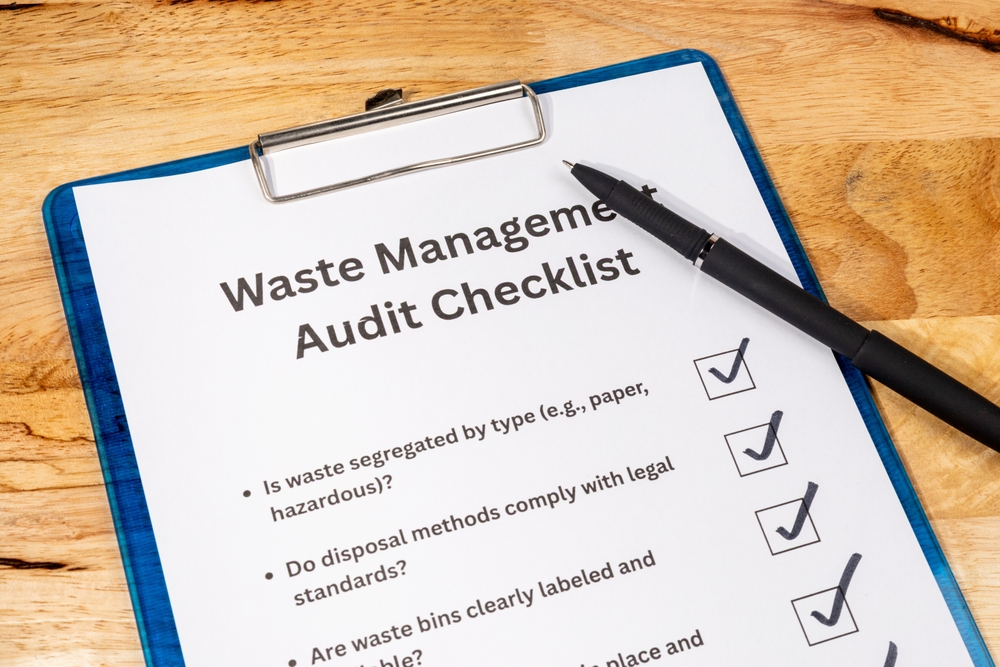
Creating a Lean, Secure Workplace from the Server Room to the Store Room
Efficiency and security are make-or-break factors for business success, and companies can no longer afford to separate their technological infrastructure from their day-to-day operational practices. The most resilient and profitable workplaces are those that streamline both their digital systems and their physical environments, treating them as interconnected parts of the same business ecosystem.
This joined-up thinking means not just looking at the cybersecurity of your server room, but also considering what’s happening in your store room, your office floors and your production lines. By tackling inefficiencies in both spaces, businesses can achieve stronger security, better compliance and leaner processes that save money in the long run.
The Overlap Between Efficiency and Security
On the surface, data security and physical waste management might seem like unrelated concerns. After all, a firewall and a recycling bin don’t exactly look like they belong in the same conversation. But when you step back, it becomes clear that they share a core principle: Protecting resources by managing them effectively.
An outdated server holding unused data is a potential security liability. Similarly, stacks of unused stock or excess packaging in storage can lead to higher overheads and reduced flexibility. In both cases, regular audits – be they of your IT assets or your physical waste streams – help to identify weak points and opportunities for improvement.
Why Physical Inefficiency is a Digital Problem Too
The shift to hybrid work, increased reliance on eCommerce and greater customer expectations for rapid delivery mean that supply chains and back-office systems are more closely linked than ever. A hiccup in one can quickly ripple through the other.
Imagine a retail business with a disorganised stockroom. Orders take longer to fulfil, shipments go missing, and customer service teams are bogged down with complaints. Now imagine the same business also has a bloated database with outdated entries, slowing down their eCommerce platform and leaving them open to breaches.
These problems, while in different domains, have the same root cause: inefficient management of resources. Addressing them holistically, and not as separate issues, can transform how a business runs.
The Role of Waste Auditing in the Bigger Picture

This is where sustainable business practices can work hand-in-hand with tech-led efficiency strategies. Conducting a waste audit may sound like something that belongs solely to environmental departments, but it can be an incredibly useful tool for business optimisation.
A waste audit identifies exactly what materials your company is discarding, how much of it, and why. The findings often reveal deeper inefficiencies such as over-ordering, poor inventory tracking or outdated processes. These same inefficiencies often have a digital counterpart, such as unused cloud storage accounts, redundant software licences, or duplicated files clogging up systems.
By pairing the insights from a waste audit with a review of your IT assets, you create a full-spectrum view of your business’s operational health.
Building a Culture of Continuous Improvement
The most successful companies are those that treat efficiency as an ongoing process, not a one-off project. This means empowering staff at every level to identify waste of all sorts and to flag security risks before they become costly incidents.
Regular training sessions, cross-departmental workshops, and open communication channels can make a big difference. For example, warehouse teams who understand the financial and environmental cost of wasted packaging are more likely to follow lean stocking practices, just as IT teams who appreciate the operational risks of data bloat are more likely to clean up redundant accounts and files.
The Pay-Off: A Leaner, Safer, More Profitable Business
When you streamline both your physical and digital environments, you create a workplace that’s not just efficient but also resilient. Orders get fulfilled faster, customer satisfaction improves, and compliance risks decrease. On the tech side, your systems run smoother, downtime is reduced, and you’re less exposed to cyber threats.
Perhaps most importantly, you’re building a business that can adapt quickly. Whether it’s responding to a surge in online orders or rolling out a new security protocol, a lean and secure workplace has the agility to keep up with market demands without losing sight of long-term goals.
In the end, the server room and the storeroom aren’t separate worlds. They’re really two sides of the same coin. Treat them with equal care, and you’ll unlock a level of operational efficiency and security that will set your business apart.
